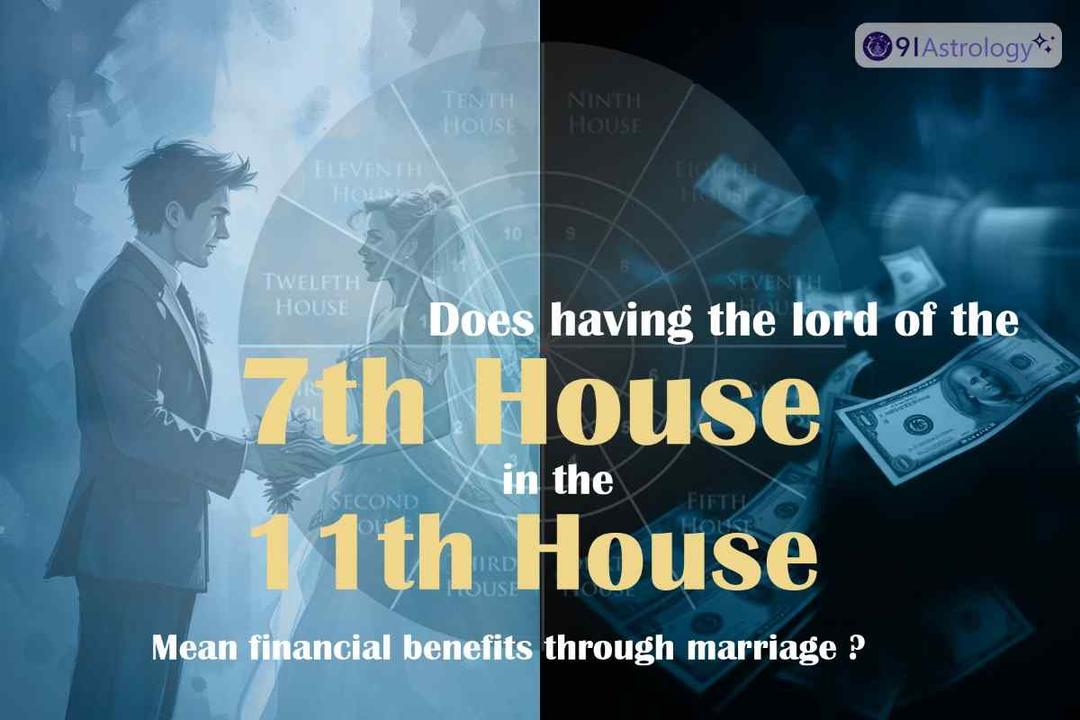4 most auspicious nakshatras for birth of a child

The Most Auspicious Time for Conception during Pregnancy
- • For a Normal Child: The nights of the 5th, 6th, 7th, 8th, 11th, and 13th.
- • For a Prosperous Child: The nights of the 9th and 10th.
- • For a Humble Child: The night of the 12th.
- • For a Sacred Child: The night of the 14th.
- • For a Wealthy Child: The night of the 15th.
- • For a Talented Child: The night of the 16th.
What Do Nakshatras Tell Us?
- • Physical Nakshatras:
- • Spiritual Nakshatras:
- • Psychological Nakshatras:
The Four Best Nakshatras for Childbirth:
- • Symbol: The head of a horse.
- • Rashi (Zodiac Sign): Aries.
- • Element: Earth.
- • Gan (Nature): Deva.
- • Ashwini Nakshatra individuals are strong and dynamic, quick thinkers with excellent problem-solving skills. They have a great sense of control and a knack for recognizing familiar objects. These qualities make this nakshatra one of the best for childbirth.
- • Symbol: The vulva or female reproductive organ.
- • Rashi: Aries.
- • Element: Earth.
- • Gan: Manushya.
- • Bharani Nakshatra individuals are known for their honesty and often struggle to find words when needed. Astrologers believe that individuals born under this nakshatra have a bright, courageous, and compassionate future, making it one of the best for childbirth.
- • Symbol: A cow's udder.
- • Rashi: Cancer.
- • Element: Water.
- • Gan: Deva.
- • People born under Pushya Nakshatra have the qualities that define the best nakshatras for childbirth. They are considered tejasvi (brilliant), dignified, and capable of providing energy to those around them.
- • Symbol: A palanquin.
- • Rashi: Leo.
- • Element: Water.
- • Gan: Rakshasa.
- • Magha Nakshatra individuals are recognized as prestigious and honorable. Their leadership qualities make them suitable for bringing significant change to the world. Hence, this nakshatra is considered one of the best for childbirth.









.jpg&w=1080&q=75)






























































































